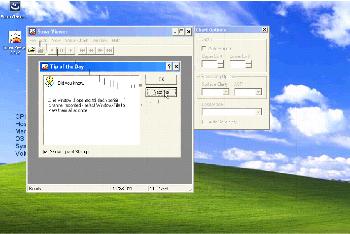

Understanding how environmental factors operating at different spatial scales within a watershed structure instream habitat is essential for accurately quantifying fish habitat associations and developing effective means for assessing stream conservation and restoration activities. Results are evaluated using data from two contrasting riverbed environments: those of the Colorado River in Grand Canyon, Arizona, and the West Branch of the Penobscot River, Maine. The technique is a physically-based means to identify regions of texture within a sidescan echogram, and could provide a basis for objective, automated riverbed sediment classification. Rather, it is a statistical representation that integrates over many attributes of bed texture, of which grain size is the most important.

This textural lengthscale is not a direct measure of grain size. The recursive application of the transform over small overlapping windows of the echogram provides a robust measure of lengthscales of alternating patterns of strong and weak echoes. It uses spectral analysis based on the wavelet transform of short sequences of echograms. A new automated, spatially explicit, and physically-based method for calculating lengthscales of bed texture elements in sidescan echograms (a 2D plot of acoustic intensity as a function of slant range and distance) is suggested.

The use of low-cost, low-profile, and highly portable sidescan sonar is on the ascendancy for imaging shallow riverine benthic sediments. The sequential correction, mapping, and analysis steps are demonstrated using a data set from a shallow freshwater environment. These methods are encoded in an open-source and freely-available software package, which should further facilitate use of recreational-grade sidescan sonar, in a fully automated and objective manner. Procedures are described for automated removal of the acoustic shadows, identification of bed-water interface for situations when the water is too turbid or turbulent for reliable depth echosound-ing, and for automated bed substrate classification based on singlebeam full-waveform analysis.

To promote an ongoing 'democratization' of acoustical imaging of shallow water environments, methods to carry out geometric and radiometric correction and georectification of sonar echograms are presented, based on simplified models for sonar-target geometry and acoustic backscattering and attenuation in shallow water. In recent years, lightweight, inexpensive, vessel-mounted 'recreational grade' sonar systems have rapidly grown in popularity among aquatic scientists, for swath imaging of benthic substrates.


 0 kommentar(er)
0 kommentar(er)
